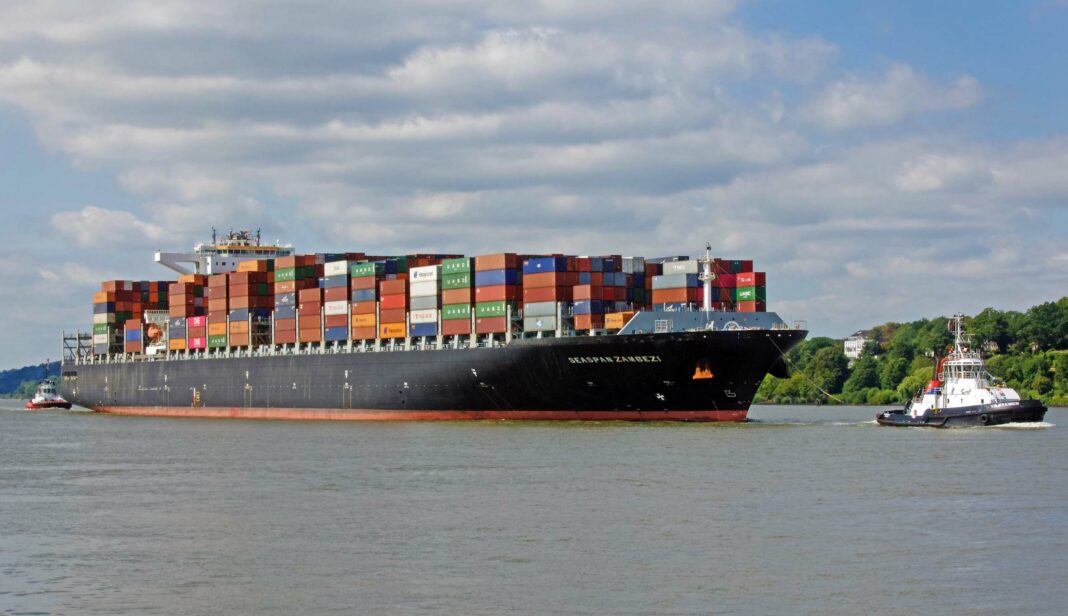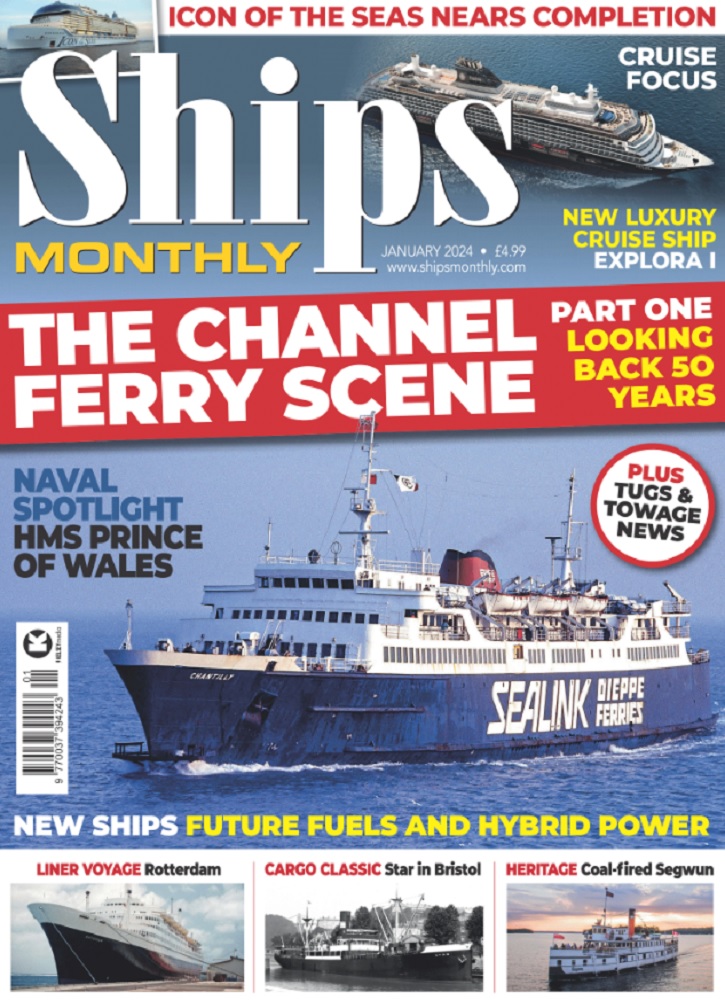Hapag-Lloyd and Seaspan Corporation enter into a partnership agreement to retrofit and convert five 10,100TEU container ships powered by conventional MAN S90 engines to dual-fuel engines capable of operating on methanol.
Following the engine retrofit, the vessels will continue to be on long-term charter from Seaspan to Hapag-Lloyd.
To achieve its strategic decarbonisation goal, Hapag-Lloyd’s investments are not only focused on newbuildings or retrofits (dual-fuel propulsion) and the optimisation of the efficiency of our existing fleet (Fleet Upgrade Program), but also on covering the exploration and sourcing of green fuels.
The vessels scheduled for retrofits are Seaspan Amazon, Seaspan Ganges, Seaspan Thames, Seaspan Yangtze and Seaspan Zambesi (pictured). The retrofit is expected to take approximately 80-90 days per vessel starting in the first quarter of 2026. The total investment is estimated at around USD 120 million for the five units.
With a fleet of 266 modern container ships and a total transport capacity of 2.0 million TEU, Hapag-Lloyd is one of the orld’s leading liner shipping companies.
In the Liner Shipping segment, the company has around 13,500 employees and 403 offices in 140 countries. Hapag-Lloyd has a container capacity of 2.9 million TEU – including one of the largest and most modern fleets of reefer containers.
A total of 113 liner services worldwide ensure fast and reliable connections between more than 600 ports on all the continents.
In the Terminal & Infrastructure segment, Hapag-Lloyd has equity stakes in 20 terminals in Europe, Latin America, the United States, India and North Africa. Around 2,900 employees are assigned to the Terminal & Infrastructure segment and provide complementary logistics services at selected locations in addition to the terminal activities.
Seaspan’s operating fleet consisted of 153 vessels, with an additional 36 vessels under construction, delivering through to December 2024 and increasing total fleet capacity to approximately 1.9 million TEU on a fully delivered basis.
Photo by Matilda Fletcher


